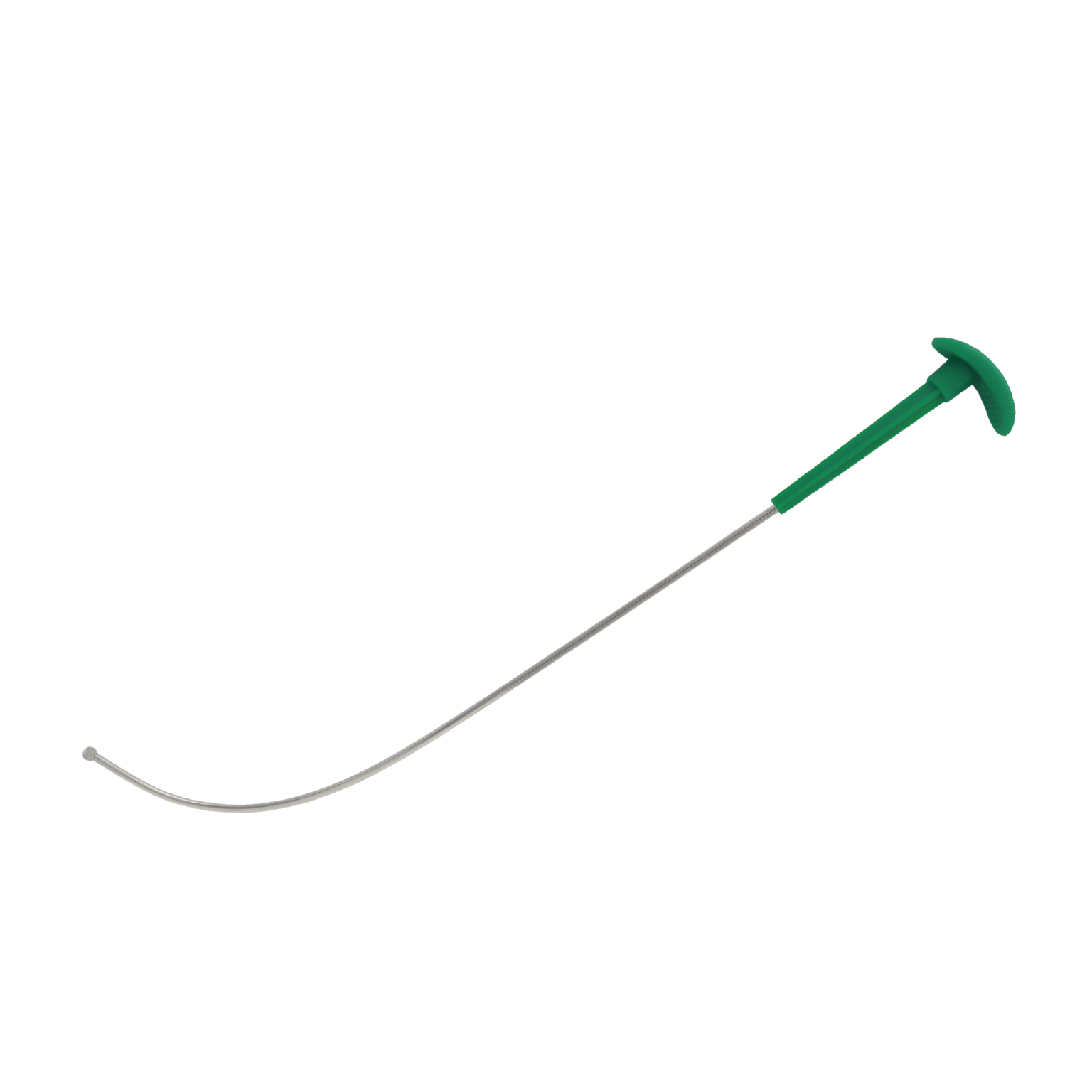Why Single-Use Intubation Stylets are a Must-Have Tool for Healthcare Professionals
In the world of healthcare, particularly in critical care and emergency medicine, the ability to perform a successful and safe...

In the world of healthcare, particularly in critical care and emergency medicine, the ability to perform a successful and safe intubation is paramount. Intubation, which involves the placement of a tube into a patient’s airway, is a procedure often required in cases of respiratory distress, anesthesia, or trauma. A well-placed endotracheal tube (ETT) ensures that the patient can be properly ventilated, making it a vital intervention in many situations.
A crucial tool in performing a successful intubation is the intubation stylet. Stylets are flexible, often malleable devices inserted into the ETT to provide shape and rigidity, helping guide the tube into the airway. While traditional reusable intubation stylets have served their purpose over the years, the introduction of single-use intubation stylets has significantly improved the quality of care and safety in medical procedures.
Below, we delve into why single-use intubation stylets are an indispensable tool for healthcare professionals.
1. Infection Control and Patient Safety:
One of the primary advantages of single-use intubation stylet is their contribution to infection control. In medical environments, particularly intensive care units (ICUs), operating rooms, and emergency departments, the risk of cross-contamination and nosocomial infections is a serious concern. Reusable stylets, if not cleaned or sterilized properly, can harbor pathogens, increasing the risk of infection transmission between patients.
Single-use stylets, on the other hand, eliminate this risk entirely. Since they are discarded after a single use, they guarantee that no pathogens are carried over between patients. This is especially important in high-risk settings where patients are already vulnerable, and the stakes of infection are high. In the context of global health concerns like antibiotic-resistant bacteria and viral outbreaks, using single-use tools significantly mitigates the chances of introducing harmful microorganisms to patients.
2. Reduced Risk of Equipment Failure:
Reusable intubation stylets, while durable, can wear out over time. Constant use and cleaning can cause degradation of materials, such as cracks or bends in the stylet, which may compromise the performance and safety of the device. This could lead to difficulties during the intubation process, increasing the likelihood of complications.
Single-use stylets are manufactured with the latest materials, ensuring they maintain optimal strength, rigidity, and flexibility for each use. With no wear and tear from repeated handling, healthcare professionals can be confident that the stylet will function as intended, helping reduce the risk of equipment failure during crucial intubation procedures. This is especially critical in emergencies, where time and precision are of the essence.
3. Cost-Effectiveness in the Long Run:
Although single-use intubation stylets are often perceived as more expensive upfront compared to reusable versions, they can be more cost-effective in the long term. The need for frequent sterilization of reusable devices and the potential costs associated with cross-contamination or infections arising from inadequate cleaning can be far more expensive than purchasing disposable stylets.
Additionally, single-use stylets eliminate the need for maintenance and repair, and they reduce the need for inventory management of cleaning supplies, sterilization equipment, and the resources required to store and handle reusable devices. This makes them a more efficient and cost-effective option, especially in busy healthcare settings where time and resources are limited.
4. Convenience and Time Efficiency:
The healthcare environment, especially in emergency situations, demands speed and efficiency. The process of sterilizing and preparing reusable intubation stylets can be time-consuming. Each device requires cleaning, drying, and sterilizing, which can create delays in critical situations.
Single-use stylets eliminate this time-consuming preparation. Healthcare providers can simply open a new, sterile package when needed, saving time during the critical moments of patient care. This increased efficiency allows medical teams to focus on the most important aspect of patient care—performing the intubation correctly and quickly.
5. Standardization and Quality Control:
Single-use intubation stylets are produced by manufacturers with high-quality standards, ensuring consistency in performance. Each device is factory-tested for its intended use and is made from materials that are designed to withstand the mechanical stress of the intubation procedure. Unlike reusable devices, which may have variable performance due to differences in wear, single-use stylets provide a uniform level of quality and reliability for every procedure.
This standardization is particularly valuable in fast-paced, high-stakes environments like emergency departments, where different healthcare professionals may be involved in the intubation process. With single-use stylets, every team member can be assured that the equipment is reliable and ready for use without the need to worry about wear and tear.
6. Enhanced Patient Comfort and Safety:
The use of single-use stylets ensures that the intubation process is as smooth as possible, contributing to patient safety and comfort. Since single-use stylets are designed to offer the right degree of stiffness and flexibility, they allow healthcare professionals to manipulate the endotracheal tube with precision, which can make the procedure less traumatic for the patient.
Furthermore, when intubation is performed with well-maintained, purpose-built tools, there is less likelihood of complications such as airway trauma, which can occur if a stylet is too stiff, or if it breaks or malfunctions during the procedure.
7. Environmental Considerations and Disposal:
While single-use products have faced some criticism for their environmental impact, many manufacturers of disposable intubation stylets have responded by designing environmentally friendly options. Some brands offer biodegradable or recyclable options, which helps mitigate the negative environmental consequences of single-use devices. Additionally, the healthcare industry has seen an increased effort to improve waste management practices in order to properly dispose of single-use devices without harming the environment.
Conclusion:
In the realm of critical care and emergency medicine, ensuring patient safety, efficiency, and optimal performance is essential. Single-use intubation stylet represent a significant advancement in healthcare tools, providing an important alternative to traditional reusable stylets. By improving infection control, reducing the risk of equipment failure, and enhancing both the convenience and safety of the intubation process, single-use stylets are becoming a must-have tool for healthcare professionals.
As the healthcare landscape continues to evolve, the adoption of single-use devices like intubation stylets plays a crucial role in improving patient outcomes, reducing healthcare-associated infections, and optimizing the use of time and resources. Their undeniable benefits make them a valuable addition to any medical professional’s toolkit, particularly in high-pressure environments where every second and every tool matters.




